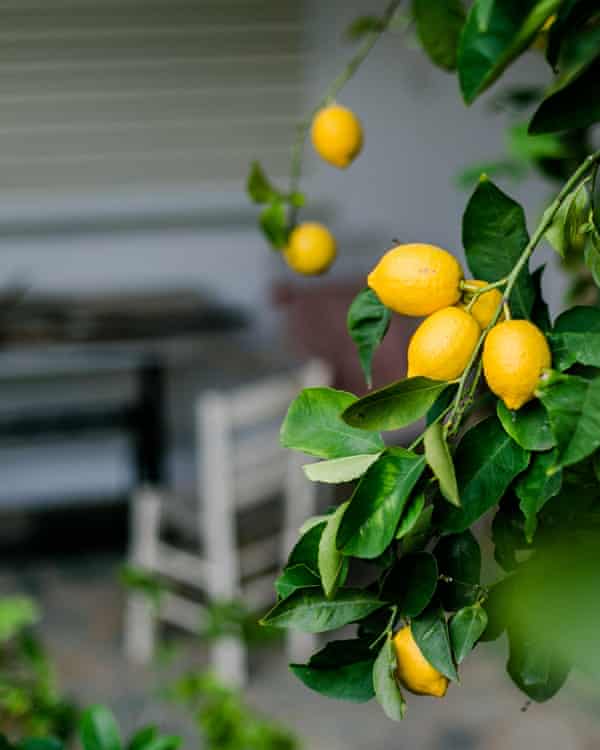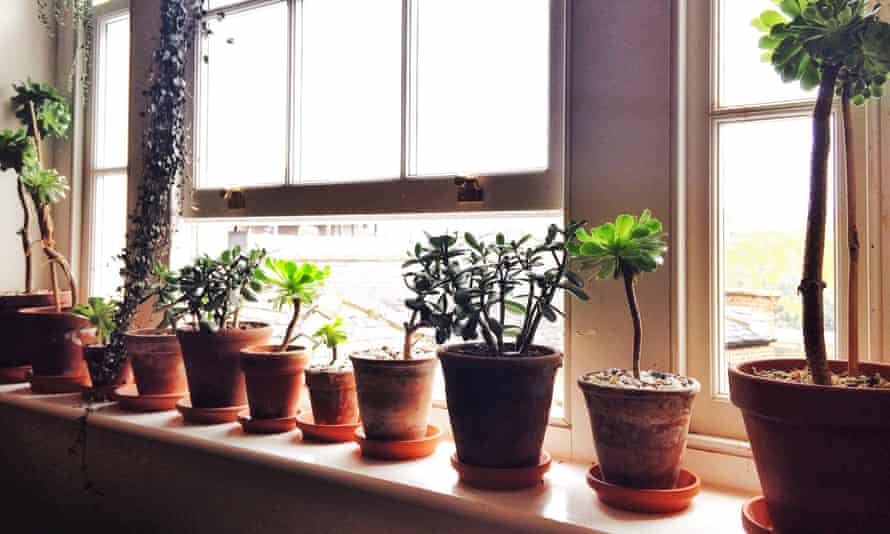
As we don our quintessential Aussie winter uniform – puffer jacket, boots and umbrella – in an attempt to brave the (albeit still relatively mild) plummeting temperatures, it might be easy to overlook our plant friends who are experiencing winter’s wrath too.
Seasonal factors, including less sunlight and increased rain, can create issues for gardens Australia-wide, but how severe these impacts are will depend on where in the country you reside.
“The further from the equator you live, the more you feel the effects of the Earth tilting away from the sun,” explains Terra-Nova Sadowski, horticulturist at Sydney’s Royal Botanic Garden. Meaning the southern states – and their plants – often feel the brunt.
So what problems can this change in season create in our gardens and what can you do about them?
Frost
“Frost is a layer of ice that forms on the surface of plants, which causes the cells inside the leaf to freeze, expand and then rupture. As the leaf proceeds to thaw out it turns to mush,” explains Scott Yates, horticulturist at the Royal Botanic Garden, Sydney.
The effect of frost damage on our plants can vary significantly and is most likely to occur on clear cloudless nights and lower down a slope as cold air flows downhill.
“Damage shows up differently on different plants but may appear as brown or scorched leaves (particularly on the exposed tops of plants), blackened leaves, stem collapse, loss of foliage, flowers or fruit, or even death,” Yates says.
Because it isn’t the temperature of frost that damages plants, rather the time it starts to thaw in the sun, John Arnott, manager of horticulture at the Royal Botanic Gardens Cranbourne in Victoria, suggests getting up early on frosty morning – before sunlight reaches the plants – and watering them with cold water. “This will remove the frost and prevent the damage that occurs through the slow thaw in the sun.”
Sadowski also recommends placing plants in raised beds to help prevent frost from settling on the foliage and erecting a screen or cover over sensitive plants at night. “But remember to remove in the morning once the chance of frost has passed.”
Increased rainfall
“Higher than normal rainfall during winter … can result in saturated, waterlogged soils and the inability for plant roots to breathe,” says Yates.
Some signs that high rainfall has caused waterlogged soils include water seepage and surface water remaining long after rain, moss and algal growth – as well as wilting, leaf drop, canopy thinning and death in plants.
Arnott says a way to improve drainage and prevent waterlogged soils is to install gutters and drains or grow plants on mounds. This means “their root systems aren’t sitting in holes, and water drains away from the root plug”, he says.
Dominic Hooghuis, horticulturist and co-founder of The Plant Runner, says that high levels of rainfall can also create fungal diseases on some plants, which can easily spread.
“To help fight the spread of fungal conditions, avoid overwatering and keep mulch and soil away from the stems and trunks of plants. Also consider holding off pruning and hedge trimming in rainy wet conditions.”
Wind
Strong and cold winds, particularly common in August, have the potential to cause significant physical damage to our plants.
They can also cause moisture loss, says Yates. Signs of damage to look out for include dry or brown scorched leaves as well as wilted and dry-looking plants (particularly seedlings and new plantings).

Horticulturalist at the Royal Tasmanian Botanical Gardens, Megan Marrison, says: “If your plants are suffering, protect them from wind and frost with covers and screens. For example, lemons dislike heavy cold winds where their leaves are damaged, and they can suffer fruit drop. Hammer in a few star pickets or long wooden stakes and attach shade cloth to them with cable ties or screws.”
Cooler temperatures
“The signs of cold damage are similar to frost damage. Leaves may appear wilted and drooped, particularly for plants originating from a warmer climate,” says Yates.
To remedy this, he suggests using a greenhouse/hothouse to grow more tender or warm-climate plants, or to construct or use existing structures to create a warm microclimate. Alternatively, you can plant or position cold-sensitive plants near a building or wall where they will receive protection from cold winds, receive maximum sunlight and benefit from the heat radiating from the thermal mass of the structure.
Less light
“[The] changing movement of the sun, and shorter day lengths may lead to plants not receiving sufficient light for them to photosynthesize,” says Yates. It’s something which can impact both our outdoor and indoor plants.
“In terms of light, try to have indoor plants facing north so they can get as much light as possible,” suggests Arnott.

If possible, Yates also recommends repositioning outdoor plants, especially those that prefer warmer climates, into a north-facing direction too. And indoors, grow lights can assist with the growth and maintenance of a range of plants including houseplants and vegetables.
Too much – or not enough – love
“Plants are your friends so check them out to see if they are doing OK over winter,” Marrison says. Finding that right balance of “love” is critical for both our indoor and outdoor plants, she says.
“The big two things to watch are watering and fertilising,” says Hooghuis. “Plants still need to be fertilised, but here things need to change too. Outside think about using a low-nitrogen fertiliser or a slow-release organic product. Indoors, reduce and cut right back to half strength and halve the frequency. You can pick right up again as soon as spring kicks in.”
It is also time to reduce the watering.
“Plants in winter often go into dormancy, and they won’t take up as much water as they did over the warmer months,” he says.



